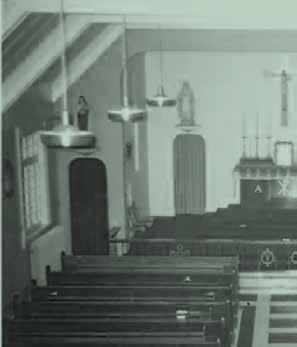GOING DIGITAL
DATA IS BORING …OR SO YOU THOUGHT By Dave Stewart Digital Manager
“C
ollections data” is just another way of saying “the stories we tell about a thing.” The Royal BC Museum is in a much better position to tell great stories about our artifacts and specimens now that we’ve finished a multi-year project to consolidate our collections data. The impact will be felt by historical researchers and scientists for generations to come. It’s an impressive feat, but it’s one that could go largely unnoticed because, well, data is boring. There, I said it. I said it, but I don’t believe it. I just said what you might be thinking. When I explain my IT job to people, eyes glaze over. As soon as I mention the word database, I lose my audience. People check their watches. What if I told you the story of the evolution of our museum data is, in fact, wildly compelling? The tale spans 150 years and involves devastating fires at the BC Legislature, the timely invention of typewriters, and attempts to track climate change, and it ends with artificial intelligence taking over the world. Now you’re perking up. Here’s the story in brief. The museum opens in 1886 in the so-called Birdcages, the old wooden buildings that once housed BC’s Legislative Assembly. It opens with 200 natural history specimens. The data for those specimens is handwritten in cursive script and captured in bound ledgers. Jump ahead to March 27, 1957. The last Birdcage building burns down. The fire begins shortly after midnight in the roof, and the flames rise to such a height that hundreds of local residents gather to see firemen fight the blaze well into the night. Full disclosure…the collection had been moved to a new location years before. Nothing was lost. I’ve added unnecessary drama here, but I did it for a good reason. I want to plant an image in your mind. Imagine you work for the museum in 1957 and our collection is still in the Birdcages. You see the fire, and you have a split-second decision to make. Do you grab the ledger, or as many specimens as you can carry? Hold on to that thought. Allow me to skip ahead through about 60 years of typewriters, index cards, paper forms and an ever-increasing amount of data. Finally, as of January 2020, our collection treasures—all seven million of them—are digitally catalogued in one system! But the most exciting part of this story is what comes next: how we share the data.
32
WHAT’S INSIGHT











